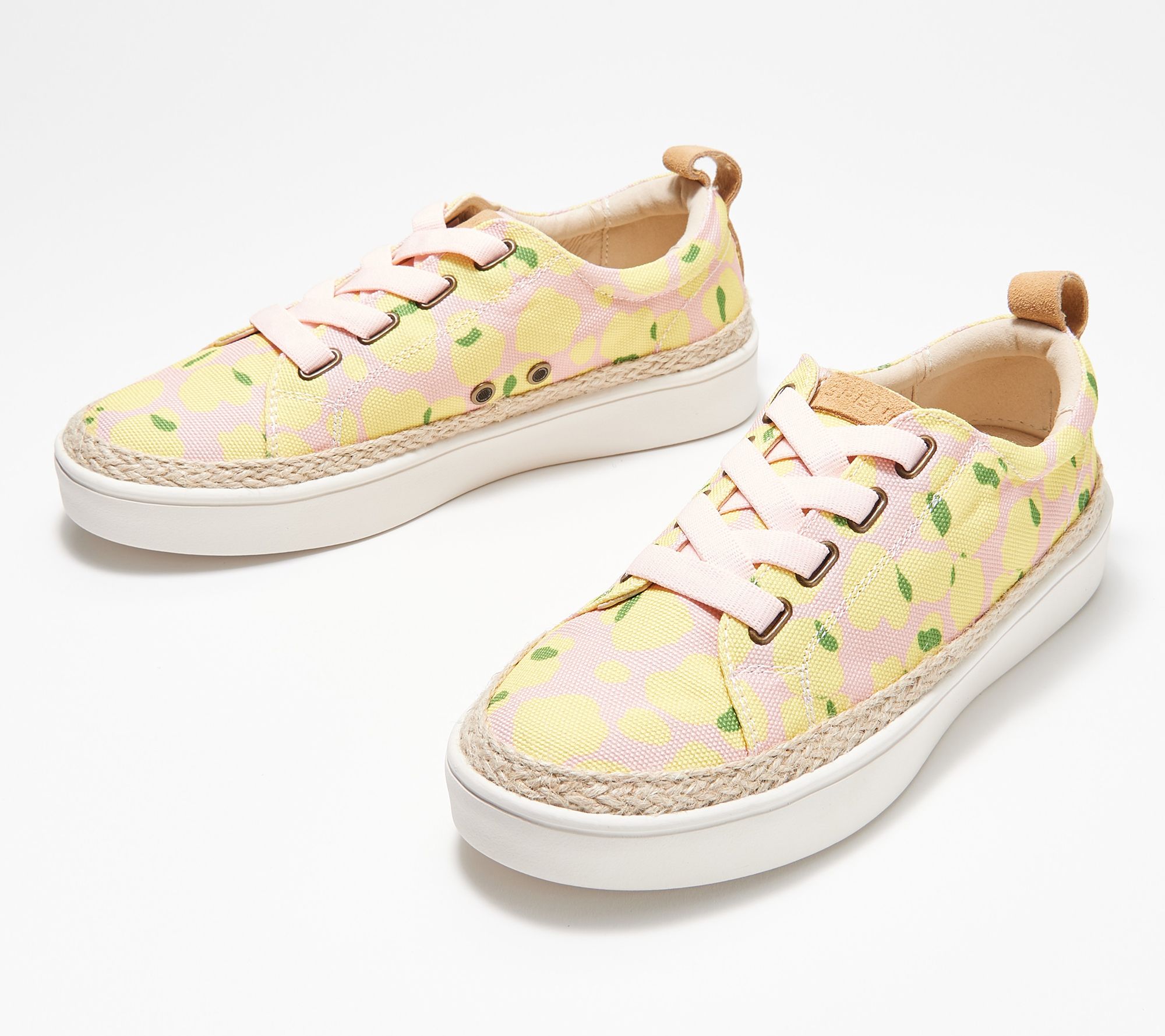Nike Air Force 1 LX White, Red & Green
Since the early days, Nike’s Air Force 1 has been a New York City favourite. From the courts to the streets, however you look at it. And the label pays homage to that with this pair, drawing inspiration from the plastic bags found in local bodegas.
Since the early days, Nike’s Air Force 1 has been a New York City favourite. From the courts to the streets, however you look at it. And the label pays homage to that with this pair, drawing inspiration from the plastic bags found in local bodegas. It’s subtle, though, and given through the details, with a crisp white leather upper, a rose at the chunky, air-cushioned midsole and a repeated logo worked into the tongues.
- Leather Uppers
- Foam Midsole
- Air Cushioning
- Rubber Outsole
- Style Code: CU6312-100


)



Reviews
There are no reviews yet.